Articles found in: Travel
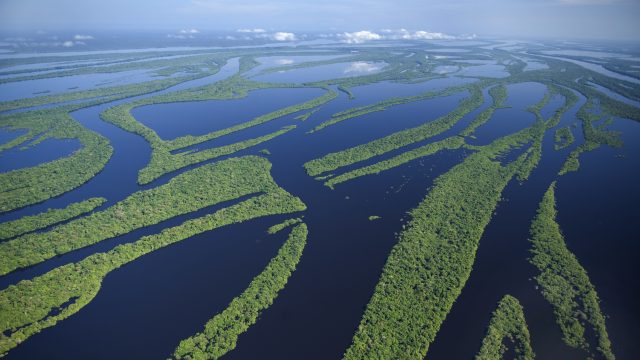
Experience Aromatic Adventures in the Amazon Rainforest
Published on September 23, 2024
Experience Aromatic Adventures in the Amazon Rainforest By: Visitbrasil.com The Amazon Rainforest is one of the most impressive and biodiverse natural wonders on the planet. Considered the largest tropical forest in the world, it harbors an incomparable wealth of wildlife, unique ecosystems, and ancient indigenous cultures. Spending six days immersed in the Uatumã Sustainable Development […]
Keep reading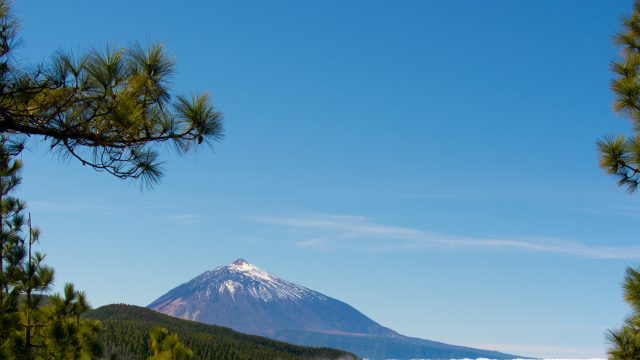
Leave Your Mark, Not Your Footprint: A Guide to Sustainable Travel in Spain
Published on September 9, 2024
Leave Your Mark, Not Your Footprint: A Guide to Sustainable Travel in Spain By: Turespaña It might not come as a surprise that Spain is one of the leading tourist destinations in the world for its vibrant culture, rich history and stunning landscapes. But did you know that Spain is a global leader in sustainable […]
Keep reading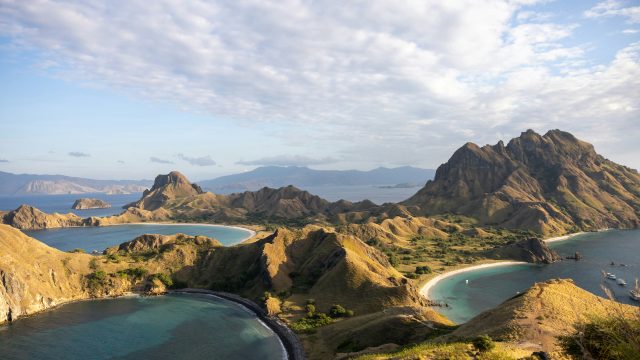
6 local moments that connect you to the heart of Southeast Asia
Published on July 31, 2024
6 local moments that connect you to the heart of Southeast Asia By: Jamie Gallerani for EF Go Ahead Tours If Southeast Asia guarantees anything, it’s to welcome you—and then to wow you, in that order. Here, wonder shows up as bowls of piping hot pad thai and plates of skewered satay, served by street […]
Keep reading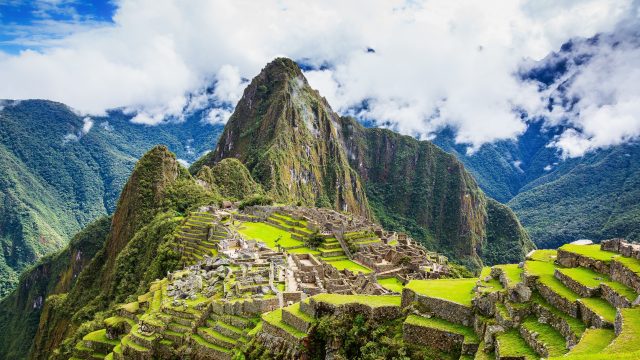
Traveling Off the Beaten Path: How to Stay Prepared and Protected
Published on July 8, 2024
Traveling Off the Beaten Path: How to Stay Prepared and Protected By: Deanna Caffrey Traveling to remote or less-traveled destinations can be an exhilarating adventure. These locations often offer untouched natural beauty, unique cultural experiences, and a sense of discovery that popular tourist spots can’t match. However, venturing off the beaten path comes with its […]
Keep reading
The Stories Behind our National Monuments
Published on June 17, 2024
The Stories Behind our National Monuments By Tauck What’s the difference between America’s national parks and national monuments? Storied sites all, both share tales of treasured sights in public lands protected for the enjoyment of generations of visitors. Designated by a legislative act of Congress, our national parks are areas of natural beauty, federally conserved […]
Keep reading
Adventure Travel Awaits: 5 Steps to Prepare Like a Pro
Published on June 3, 2024
Adventure Travel Awaits: 5 Steps to Prepare Like a Pro By Kathleen A. De Riso, VP, Travel Services, Crum & Forster Sand surfing in the Sahara. Sleeping under the northern lights. Rock climbing in Yosemite. Today’s travelers seek one-of-a-kind experiences as they explore the world. Thanks to millennials and Gen Z, adventure tourism is surging […]
Keep reading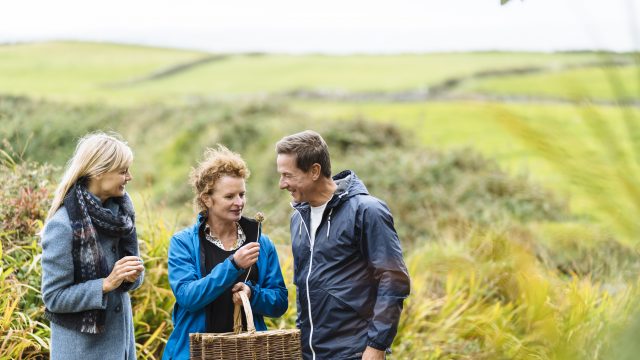
Old Dogs, New Tricks: Bringing Regenerative Practices to Legacy Tour Operators
Published on April 22, 2024
Old Dogs, New Tricks: Bringing Regenerative Practices to Legacy Tour Operators By Melissa DaSilva, President of TTC Tour Brands, North America – Trafalgar, Contiki, Brendan Vacations, Costsaver, Insight Vacations and Luxury Gold For more than 100 years, The Travel Corporation has been taking travelers off the beaten path and into the destinations we serve. In […]
Keep reading
Floating Down the Path to Zero Waste
Published on November 30, 2023
Floating Down the Path to Zero Waste By: Uniworld Boutique River Cruises Some travelers start to worry when they see their favorite brands start developing “greener practices.” Maybe they suspect greenwashing, maybe an excuse to cut costs… or maybe they care deeply about sustainability, but don’t want to make sacrifices with their hard-earned vacations. Not […]
Keep reading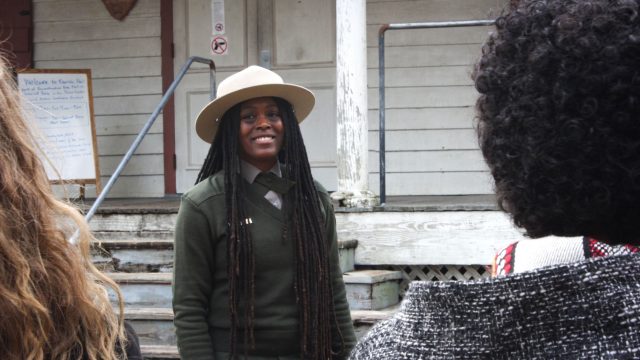
Unpacking travel privilege: Why Black representation matters in travel
Published on September 21, 2023
Unpacking travel privilege: Why Black representation matters in travel The travel industry needs to be more inclusive in its offerings and leadership. By Stephanie Jones and Matt Berna After three years of pandemic limitations, global tourism is expected to exceed 2019 levels. Along with it, there’s a rise in Black consciousness, which has created an […]
Keep reading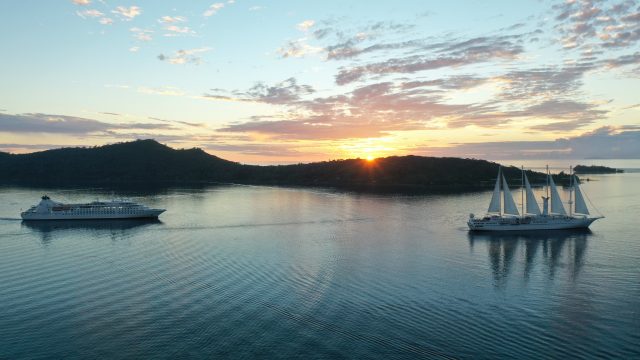
Tips for Planning Honeymoons and Destination Weddings at Sea
Published on August 23, 2023
Tips for Planning Honeymoons and Destination Weddings at Sea By Windstar Cruises Whether it’s a honeymoon in Tahiti or exchanging vows in the Mediterranean, a cruise delivers the perfect combination of romance and adventure. Small ship cruising caters to guests seeking intimate experiences, and from candlelit dinners to lounging on private beaches, there are endless […]
Keep reading
